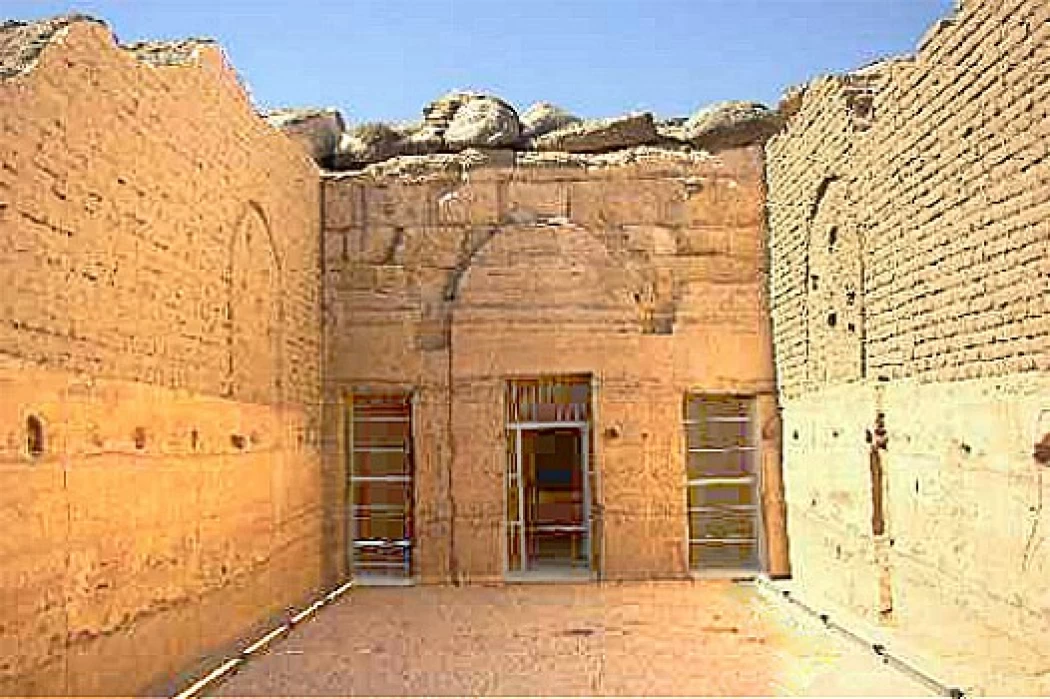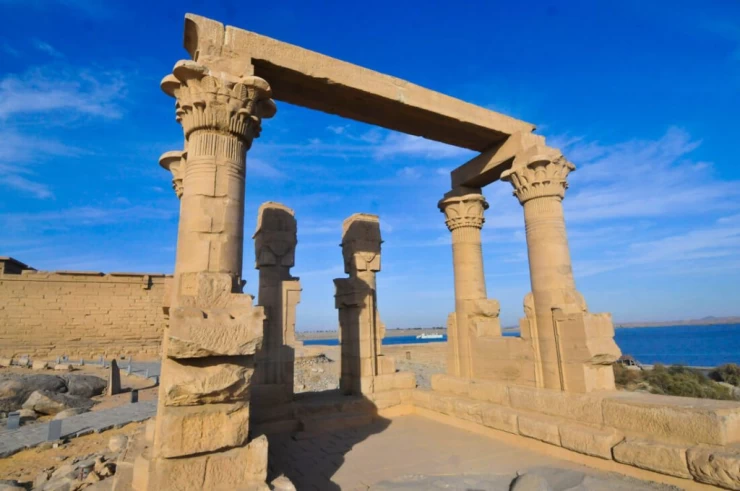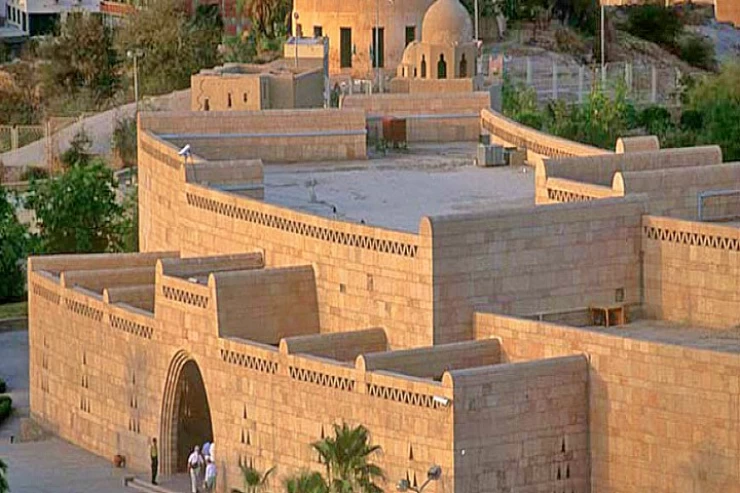
The Temple of Beit el-Wali in Nubia
The Temple of Beit el-Wali in Nubia
Egypt is full of tourist attractions, and its temples in Upper Egypt rank high on the list of cultural sites to explore. Known for their intricate relief work, bright colors, and floor scenes, temples are the core of the country's heritage, Egyptians used these limestone and sandstone structures to honor the ancient gods and show their respect for Egypt's rulers.
The Beit al-Wali temple is adjacent to the Kalabsha temple in Kalabsha city in Aswan Governorate. He noted that Beit al Wali was the least of Pharaoh Ramses II’s temples located in Nubia (Abu Simbel, Wadi al-Sabua, Eldar, Jurf Hussein). It is also the shortest of temples as it measures 20 meters long and only 8 meters wide.
The temple dates the first years of Ramses' accession to the throne, and researchers attributed this to the failure to mention the most prominent and important event in the reign of King Ramses, which is the “Battle of Kadesh” in the fifth year of his reign.
The temple is located about 50 km south of Aswan, near the temple of Kalabsha, and it took about 4 years to move it. Researchers considered this period to be a long time, for his reign, and the temple was cut from the rock taking into account the preservation of colors. The money spent in relocating this shrine was a joint endeavor of the Swiss Institute in Cairo, and the Chicago Institute, and the job was done by a group of Polish craftsmen widely acknowledged for their skills in sculpture and restoration work.
















